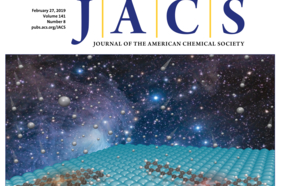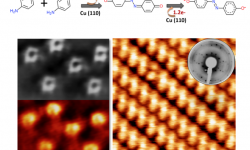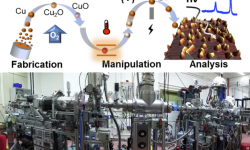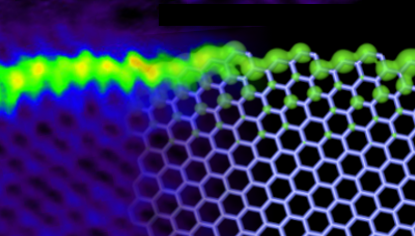Surfaces open new routes: unexpected formation of m-PANI oligomers from p-aminophenol (ANGEW. CHEM. 2020)
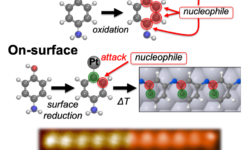
Surfaces never fail to surprise. Once more, they have demonstrated that chemistry on 2D metallic surfaces behaves differently to that on solution (3D). We have shown that highly unspecific solution-based Michael addition transforms into highly selective when carried out on a Pt(111) surface. In this way, we are able to…




